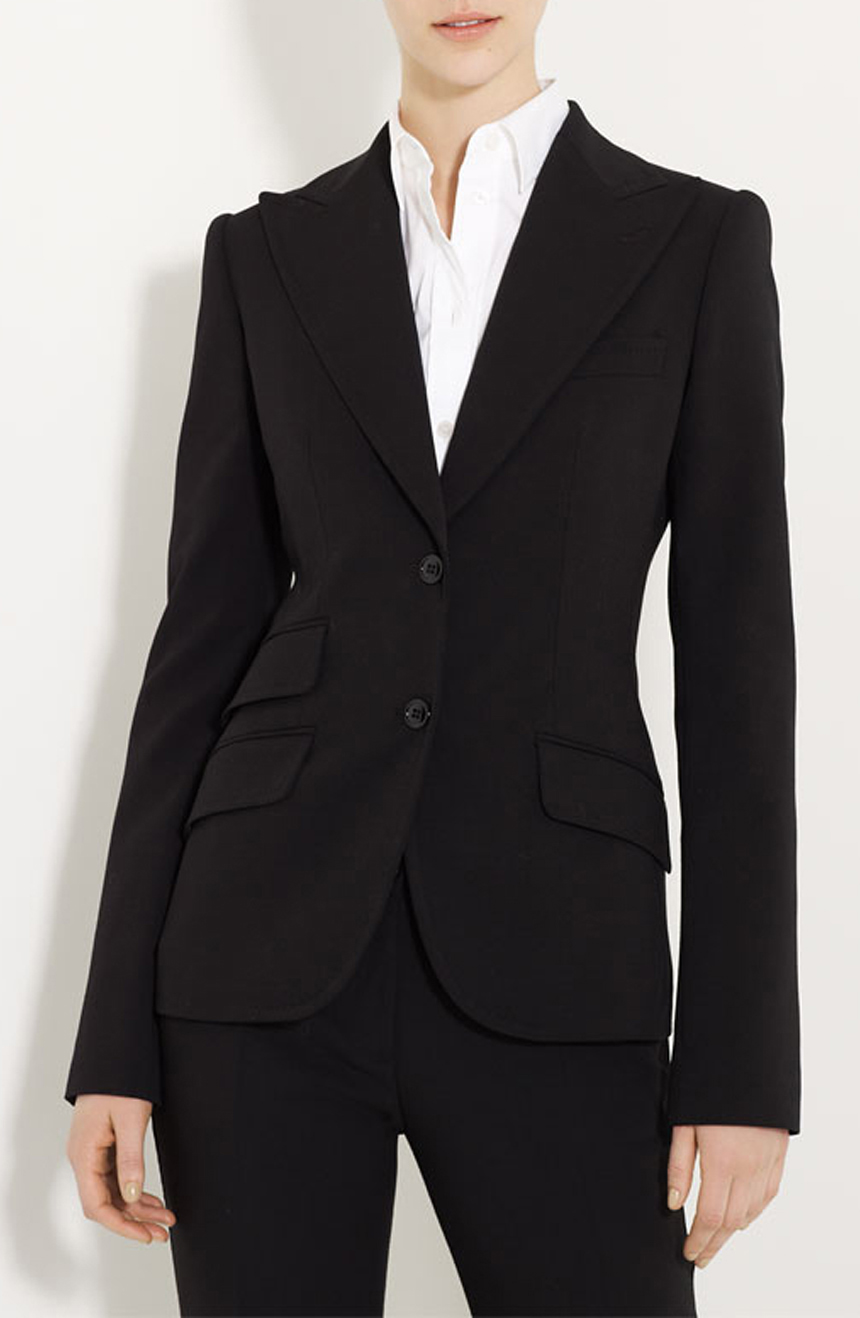Comprehending the Tailoring Refine: From Textile Option to Last Suitable for the Ideal Closet
The customizing procedure is an intricate interplay of art and science, beginning with the critical choice of fabric selection and culminating in the precise adjustments of last installations. Each textile kind brings distinct top qualities that affect not just the visual allure but also the garment's long life and suitability for different occasions.
Importance of Fabric Option
Selecting the best fabric is crucial in the tailoring process, as it directly affects the convenience, toughness, and general visual of the last garment. The choice of fabric establishes the structure for the garment's efficiency, performance, and style. Various textiles possess distinct residential properties, such as breathability, stretch, and weight, which can substantially affect exactly how the garment drapes and fits the body.

A tailored piece made from a suitable material not only showcases workmanship but additionally elevates the wearer's confidence. Understanding the subtleties of material choice is vital for any type of tailoring endeavor. It guarantees that the last item not only meets the aesthetic wishes of the customer yet also aligns with useful needs, therefore achieving a harmonious equilibrium in between type and feature in the tailored closet.
Kinds of Fabrics and Their Uses
Understanding the numerous sorts of textiles available is vital for making informed decisions during the tailoring process. Each material possesses one-of-a-kind qualities that dictate its suitability for details garments and events.
Cotton, understood for its breathability and softness, is ideal for sportswear and summer season apparel. Its convenience permits it to be tailored right into everything from tee shirts to dresses. Woollen, on the other hand, is favored for its warmth and framework, making it a superb selection for official fits and outerwear. Its all-natural elasticity assists garments keep form over time.
Silk exudes luxury and is lightweight, making it best for eveningwear and delicate shirts; however, it needs mindful handling because of its delicacy. Linen, with its distinctive surface, is a prominent choice for cozy climates, giving a crisp and ventilated feel, yet it wrinkles quickly, which may affect the garment's appearance.
Synthetic fabrics, such as polyester and nylon, offer resilience and resistance to creases, making them ideal for everyday wear and energetic clothes. Understanding these material types and their residential or commercial properties enables better decision-making, making sure that each customized item not only fits well however additionally straightens with the intended objective and occasion.
The Tailoring Strategies Discussed
The art of customizing depends on a range of methods that change material into well-fitted garments. Central to this process is pattern preparing, where a tailor develops design templates based upon the client's measurements and wanted style. This preliminary step ensures that the garment will certainly fit the user correctly prior to any cutting occurs.
Once patterns are established, cutting methods enter play. Accuracy is extremely important as errors can cause misfitting garments. Tailors frequently utilize different reducing methods, such as single-layer cutting for detailed styles and multiple-layer cutting for efficiency on standard patterns.
Basting is an additional important strategy, permitting tailors to briefly sew material assemble the original source for an initial installation (tailor suits perth). This technique uses the possibility to assess the drape and overall silhouette before final stitching
Seaming methods, including flat-felled seams and French seams, boost the garment's toughness and aesthetic allure. Tailors likewise utilize methods such as interfacing and cushioning to supply framework and form to particular locations, like collars and shoulders.
Finally, ending up techniques, including hemming and side finishing, ensure the garment's longevity while providing a polished appearance. With each other, these strategies create the foundation of reliable customizing, resulting in splendid, tailor-made clothing.

Fitting Adjustments and Factors To Consider
After the first tailoring techniques have actually been applied and the garment is built, suitable modifications become vital to achieving the best fit. These changes attend to numerous aspects of the garment, ensuring it contours to the wearer's body form and improves overall appearance.

The rise of trousers is another crucial element; it must sit pleasantly over the hips without causing discomfort, enabling ease of motion. Hemming sizes for both pants and skirts must show the wearer's preferred style while appreciating percentages.
In addition, attention must be offered to the back of the garment, guaranteeing that there are no undesirable pulls or excess fabric - custom suits perth. Each adjustment must be carefully thought about, as even small modifications can considerably influence the overall fit and visual of the tailored item, ultimately resulting in a wardrobe that emanates self-confidence and class
Keeping Your Tailored Garments
Constantly follow the care tag guidelines, which might recommend dry cleaning for delicate fabrics or maker cleaning for more resilient products. Prevent regular laundering, as this can wear down the textile and modify the garment's shape.
Storage space is equally crucial; usage padded wall mounts for jackets and layers to preserve shoulder structure, and store pants folded up nicely or hung to stop creasing. Safeguard garments have a peek at this site from straight sunshine, which can fade colors and damage fibers.
In addition, periodic examinations for small repair services can prevent bigger issues. Look for loosened buttons, fraying seams, or indicators of moth damage, attending to these problems promptly to keep the garment's stability.
Last but not least, think about seasonal rotation. Wearing customized items in moderation allows textiles to recoup, prolonging their life expectancy. By executing these upkeep strategies, you can ensure that your customized garments stay as More Info beautiful as the day you initially used them, enhancing your ideal closet for many years to come.
Conclusion
The customizing procedure, including textile selection, proficient techniques, and accurate suitable adjustments, plays an important duty in creating garments that improve both comfort and style. Comprehending the relevance of upkeep prolongs the life of tailored garments, solidifying their value in a well-curated wardrobe.